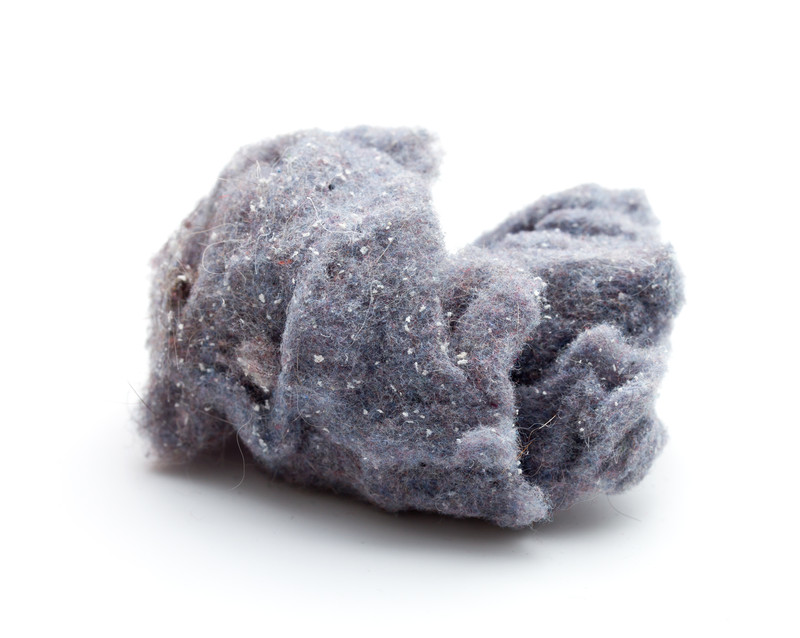
what is lint
Lint
noun
- Clingy strands of fiber and fluff; fuzz.
- Downy material obtained by scraping linen cloth and used for dressing wounds.
- The mass of soft fibers surrounding the seeds of unginned cotton.
- Short, fine fibers that separate from the surface of cloth or yarn.
What is Lint in Terms of the Clothes Dryer
Lint is tiny fiber particles that separate from clothes, blankets etc as they tumble about in your dryer. Hot air is blown through the dryers drum passing through the clothes picking up these tiny particles as it flows through, this air then passes through the lint trap and dryer exhaust, through the transition hose and our through the dryer vent to the outside world. The lint trap, as good as it is cannot catch all lint so it tries to make it’s way through the dryer vent to the hood on the outside.
What is Lint Doing Inside my Dryer?
Lint builds up as some lint passes through the lint trap, this then makes it’s journey to where the dryer vent terminates (outside). However there are many reasons why lint builds up we detail them below.
- If the flaps (louvres) on the dryer vent hood are not opening & closing freely the air will not leave your dryer as efficiently as it should so lint starts to build up all through the dryer vent/duct.
- Too many 90 degree elbows – code says a dryer vent should not be longer than 25 feet, each 90 degree bend reduces this length by 5 feet meaning the dryer may struggle to push the lint out over that distance
- Condensation build up can cause lint to stick to the transition hose, the dryer vent and on the hood
This is why the dryer manufacturers say you should have the dryer exhaust system and cabinet cleaned out regularly by a professional dryer technician or dryer vent cleaning company